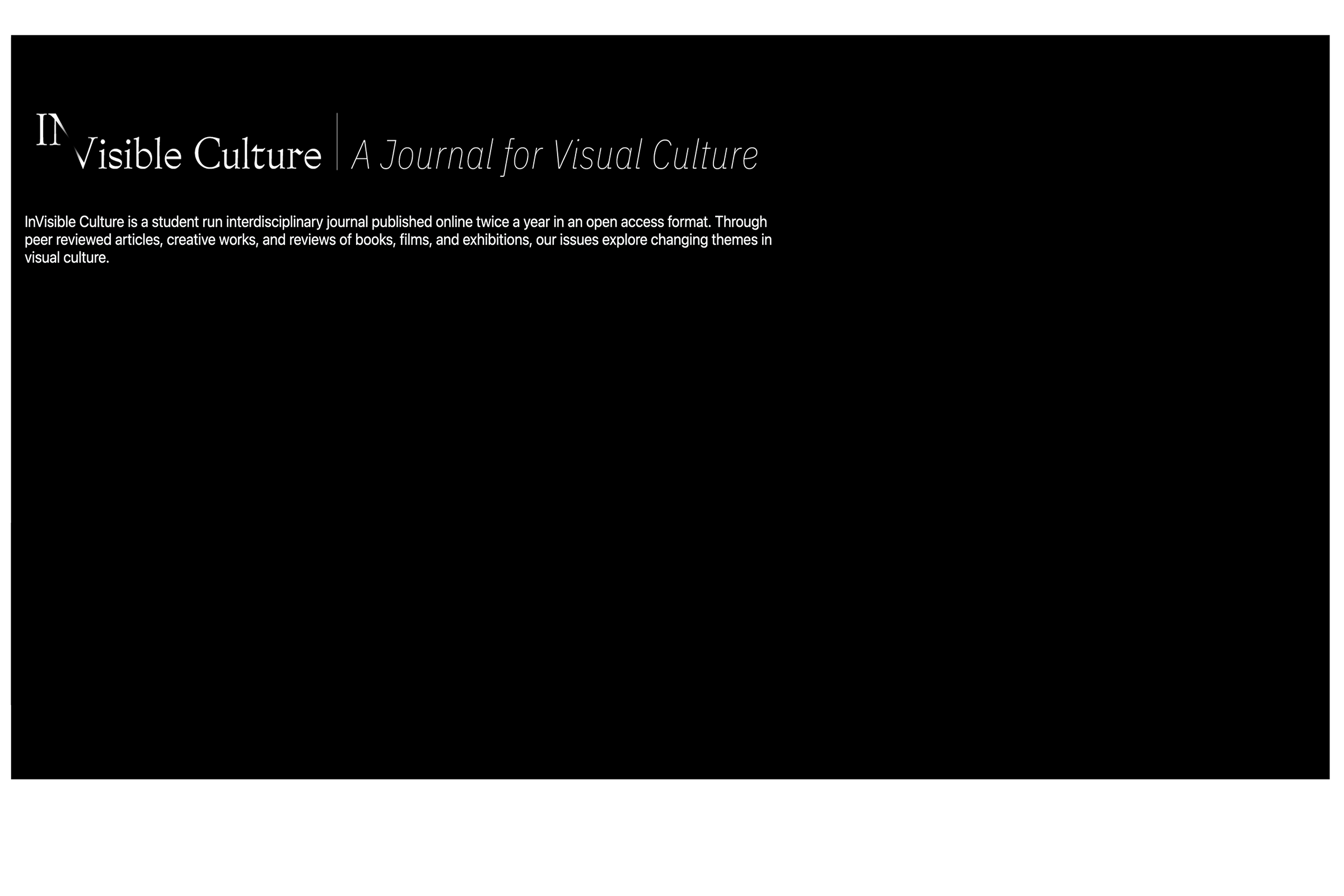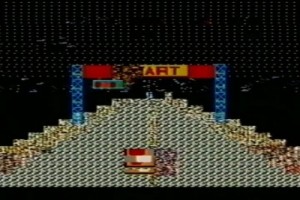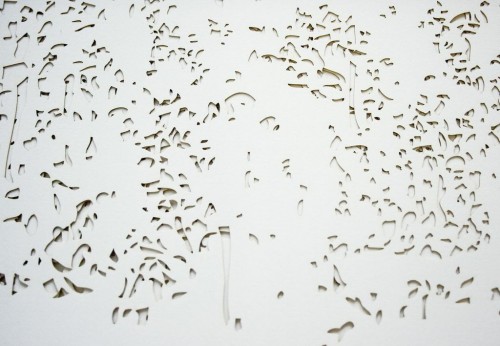InVisible Culture has a new home!
You can find our latest articles at https://www.invisibleculturejournal.com/ In the 25 years since InVisible Culture was founded, the online journal has taken few different forms. In 2012 IVC moved from its original website to WordPress. In 2022 we moved to a new site hosted on PubPub, a platform designed for open access journals. Beginning with Issue #34, new issues will be published at https://www.invisibleculturejournal.com/. All of our archives can be found there as well, or viewed in their original form here.




